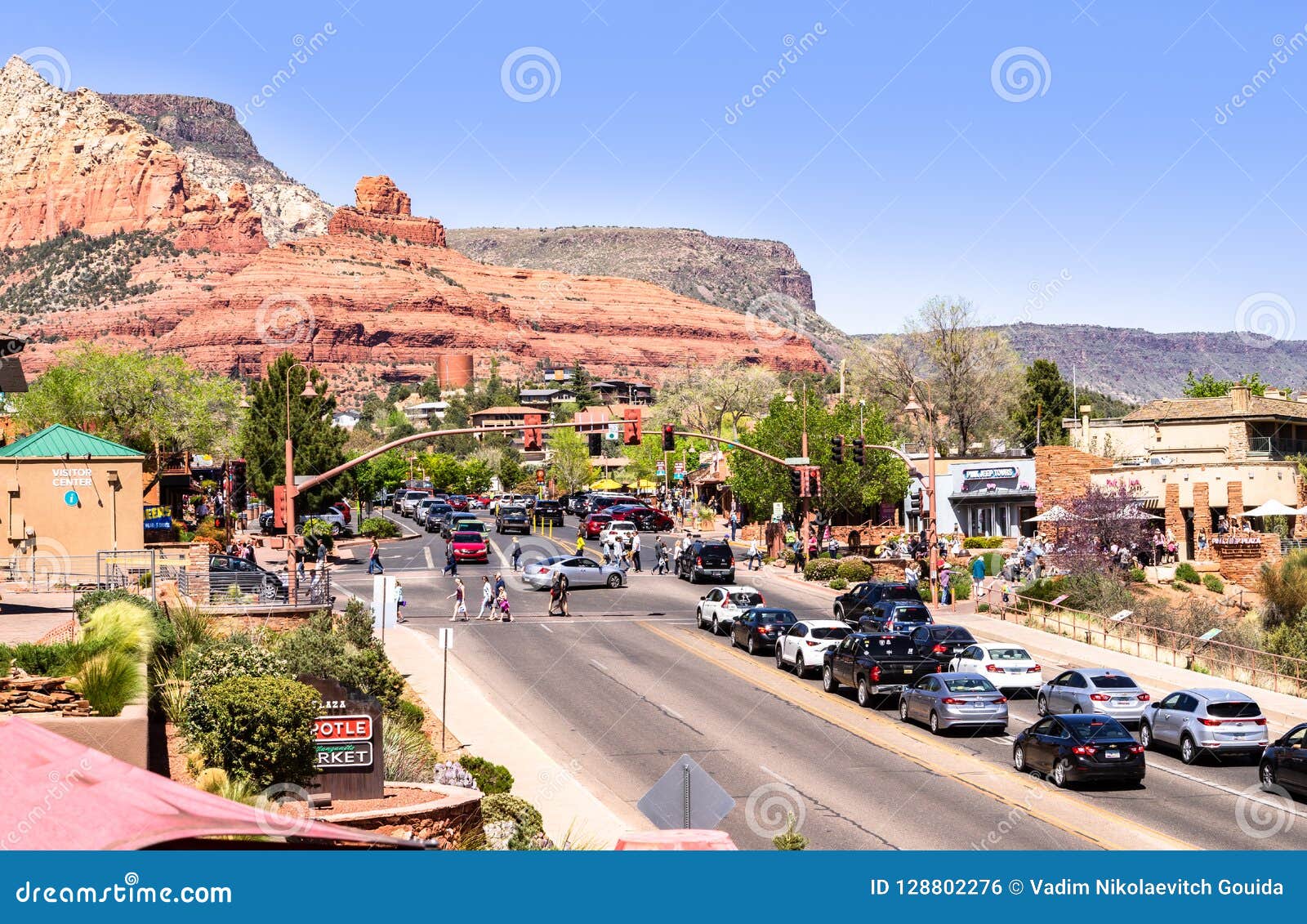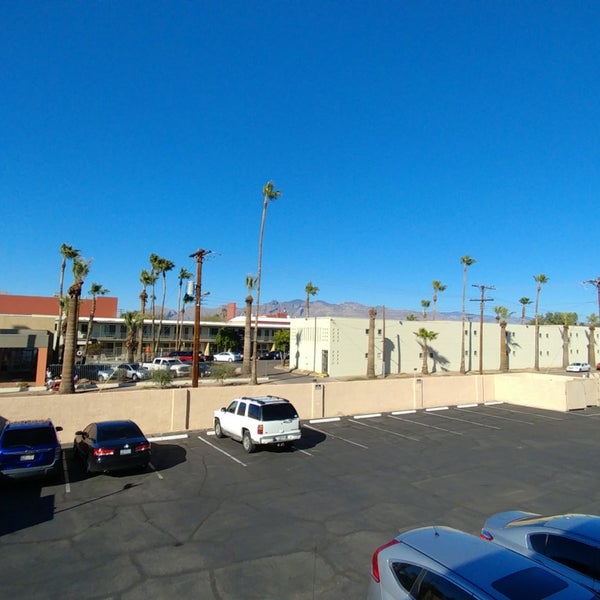

Thanks to its unforgettable vistas and breathtaking geological features, Grand Canyon National Park is not only the most famous landscape in Arizona – it’s one of the most famous places in the United States. This mile-deep northern Arizona canyon is the sixth most-visited national park in the country.ĭon’t get overwhelmed by Grand Canyon National Park’s 1,218,375 acres. Start your planning process by selecting one of the park’s designated rims for that all-important first look down into the canyon. Most visitors choose the South Rim, which is open year-round and home to Mather Point, a beloved lookout spot.


Only 10% of park visitors visit the North Rim, which is open from mid-May to mid-October. The other side of the canyon has its own distinctly gorgeous vistas and is a great option for the crowd-averse. Photography and hiking are two of the park’s most popular activities. Sunrise and sunset, when the changing light casts dramatic shadows across the canyon, are prime shooting times. Day hikers have numerous marked trails to choose from, and overnight backpackers are welcome provided that they have obtained a backcountry permit. Among the many other ways to experience the canyon are mule trips, guided bicycle tours, helicopter tours, and raft trips on the Colorado River.īook a day tour to the Grand Canyon from Las Vegas, Flagstaff, Sedona, or Phoenix! Frank Bach / 2. When you think of vacationing in Arizona, do you picture lush forests, volcanoes, and snow-covered peaks? All of these landscapes are present in Flagstaff, a city surrounded by mountainous terrain and the Coconino National Forest in north-central Arizona. Unlike much of the state, Flagstaff is a four-season tourist destination. Many vacationers see Flagstaff as a gateway to the Grand Canyon since the city is only 75 miles southwest of the iconic site.

For an outing closer to Flagstaff, consider Walnut Canyon National Monument, where visitors can observe 700-year-old cliff dwellings and sweeping canyon vistas. Flagstaff has an elevation of about 6,900 feet, so summer temperatures are mild and perfect for hiking and biking. When the weather turns cold, winter sports enthusiasts head to the Arizona Snowbowl resort for skiing, snowboarding, ski biking, and more. One of the most interesting things about Flagstaff is its relationship with the cosmos. The International Dark-Sky Association designated Flagstaff as the world’s first International Dark-Sky Place in 2001. Visitors can learn about the sky’s heavenly bodies at the Lowell Observatory, the observatory where Pluto was discovered. Lowell telescopes enabled scientists to create lunar maps in the 1960s, and Flagstaff’s volcanic craters and cinder fields mimicked the moon’s surface for astronaut training exercises. Situated just south of the Utah state line, Vermilion Cliffs National Monument is a must-see for photographers. This majestic monument in northern Coconino County spans 280,000 acres and boasts a diverse landscape carved into cliffs, canyons, and buttes. Its most famous feature is undoubtedly The Wave, an undulating sandstone formation whose mesmerizing shades of red and white have graced many a shutterbug’s camera roll.


 0 kommentar(er)
0 kommentar(er)
